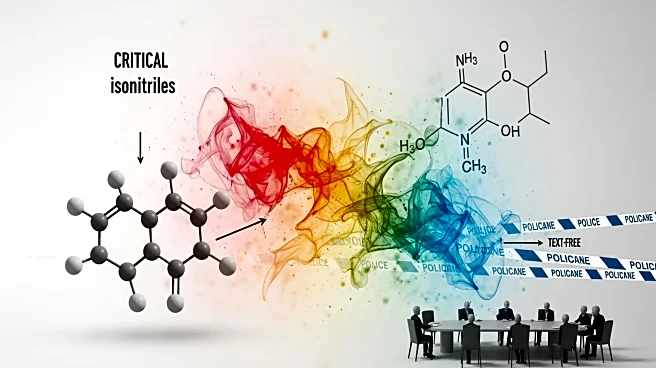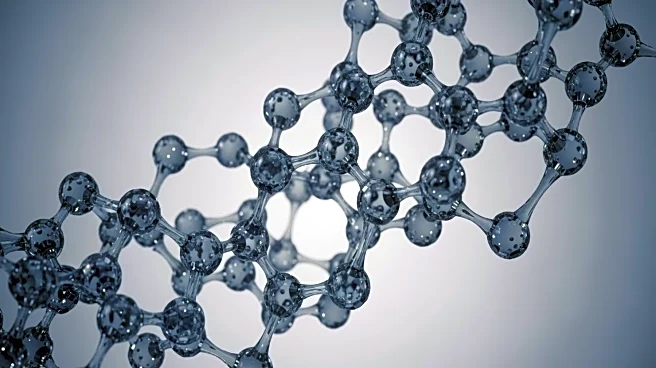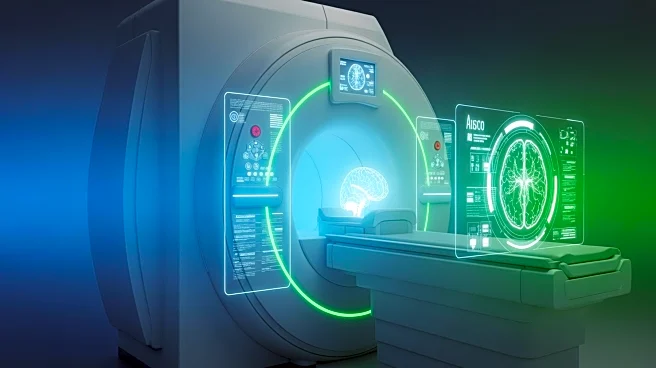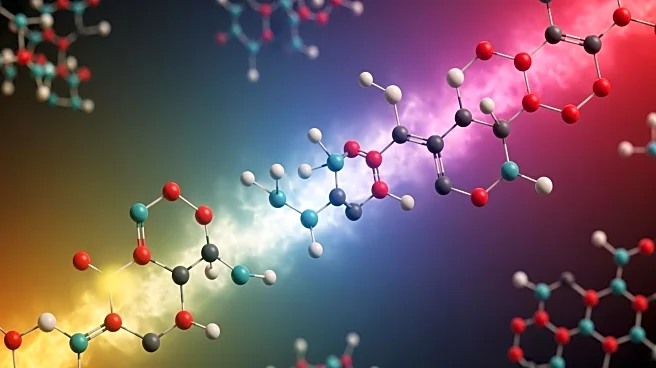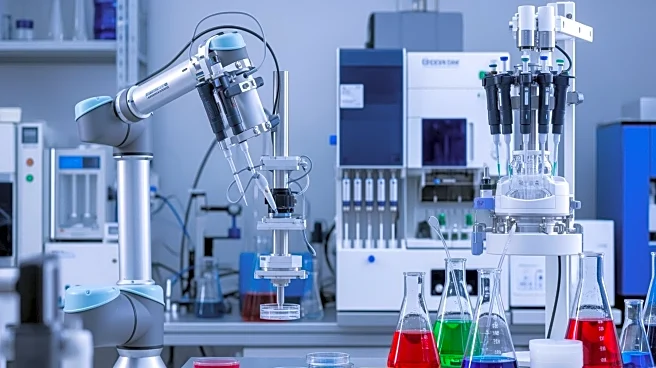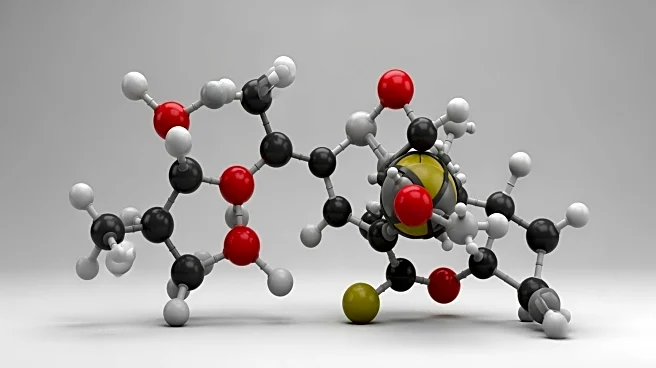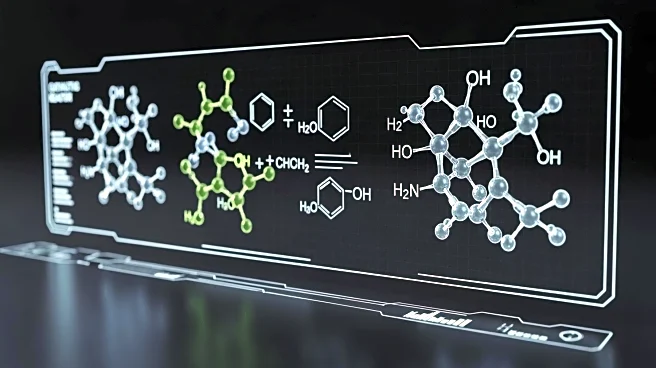What's Happening?
Researchers have developed a method for the photochemical rearrangement of isonitriles using energy transfer catalysis. The process involves activating isonitriles with visible light and a photocatalyst, resulting in high yields of rearranged products.
The study highlights the use of thioxanthone as a photocatalyst and explores various substrate scopes, demonstrating the method's broad applicability. The research provides insights into the mechanism of the rearrangement, supported by computational studies, and suggests potential applications in organic synthesis.
Why It's Important?
This advancement in photochemical rearrangement techniques could significantly impact the field of organic chemistry, offering a new approach to synthesizing complex molecules. The method's efficiency and broad substrate tolerance make it a valuable tool for researchers and industries involved in chemical synthesis. By utilizing visible light and a photocatalyst, the process is environmentally friendly and energy-efficient, aligning with the growing emphasis on sustainable practices in scientific research. The findings may lead to further innovations in catalysis and synthetic methodologies.
What's Next?
The successful demonstration of this photochemical rearrangement may inspire additional research into similar catalytic processes, potentially leading to new applications in pharmaceuticals, materials science, and other fields. Researchers may explore the method's scalability and integration into existing synthetic workflows. The study's insights into the mechanism of action could also inform the development of new catalysts and reaction conditions, further expanding the possibilities for chemical synthesis.
